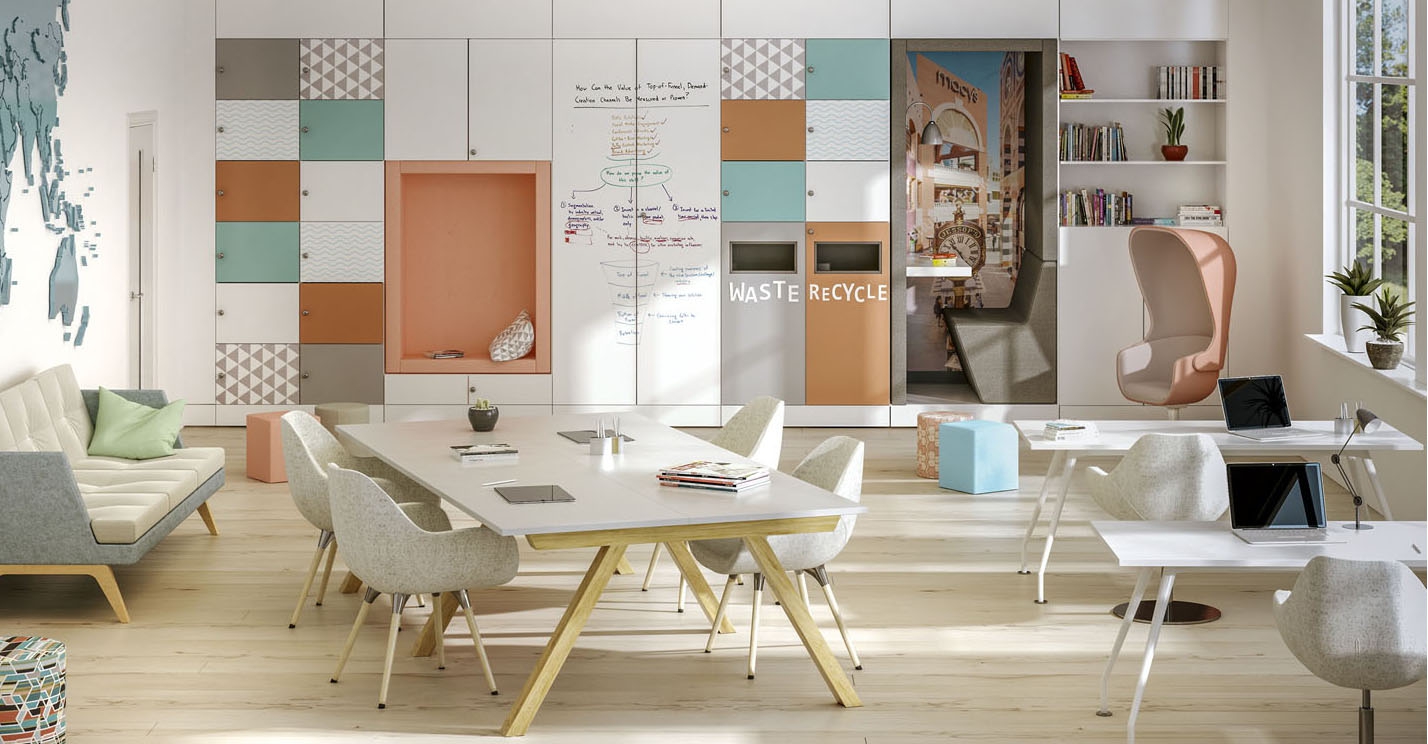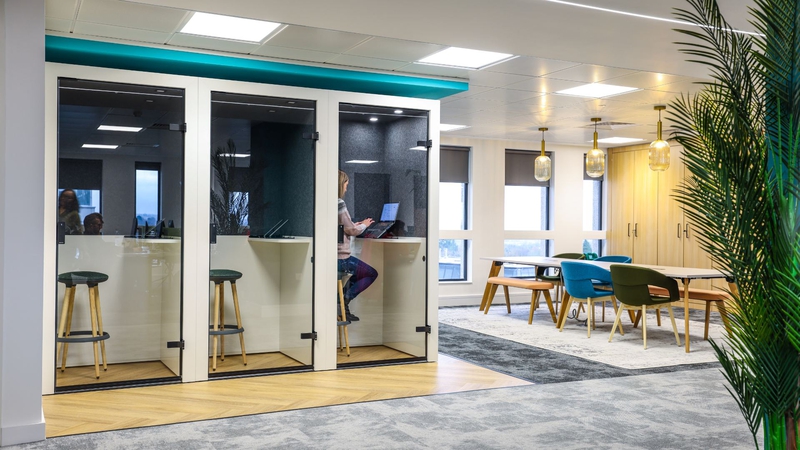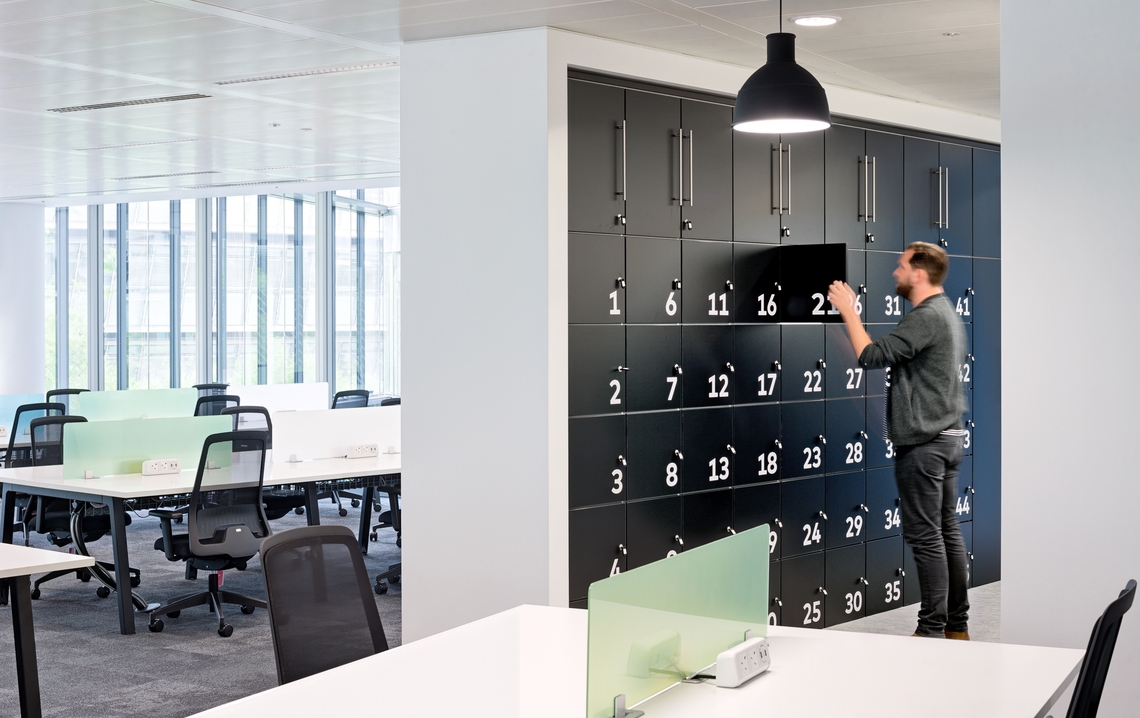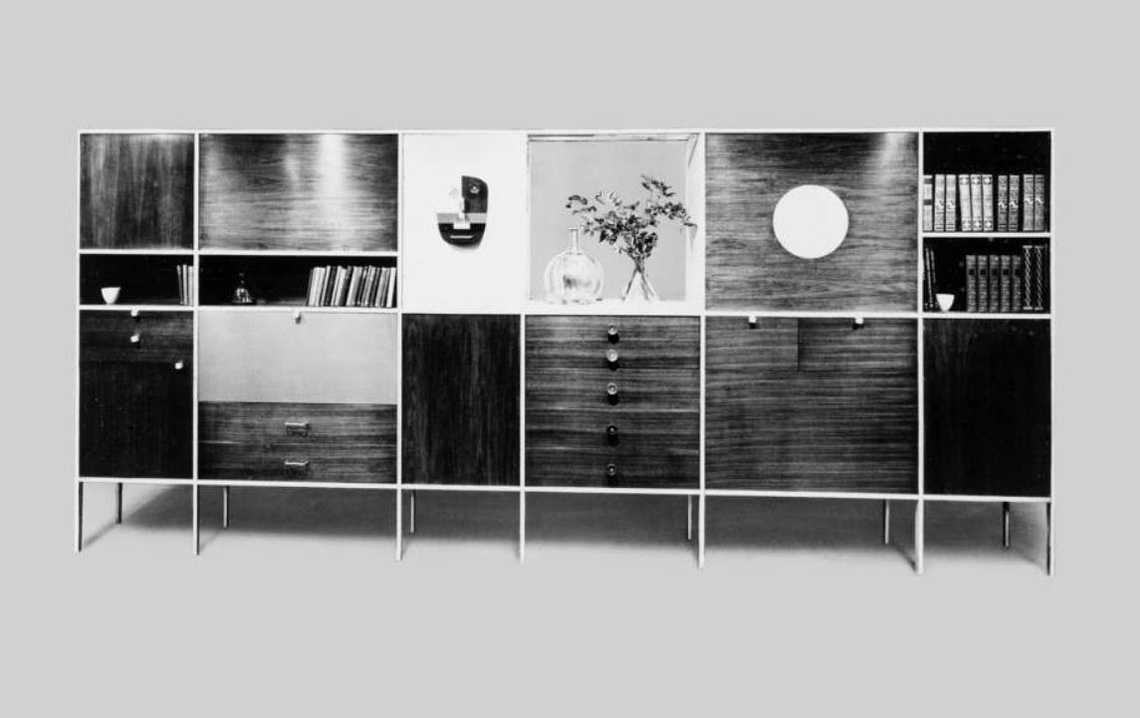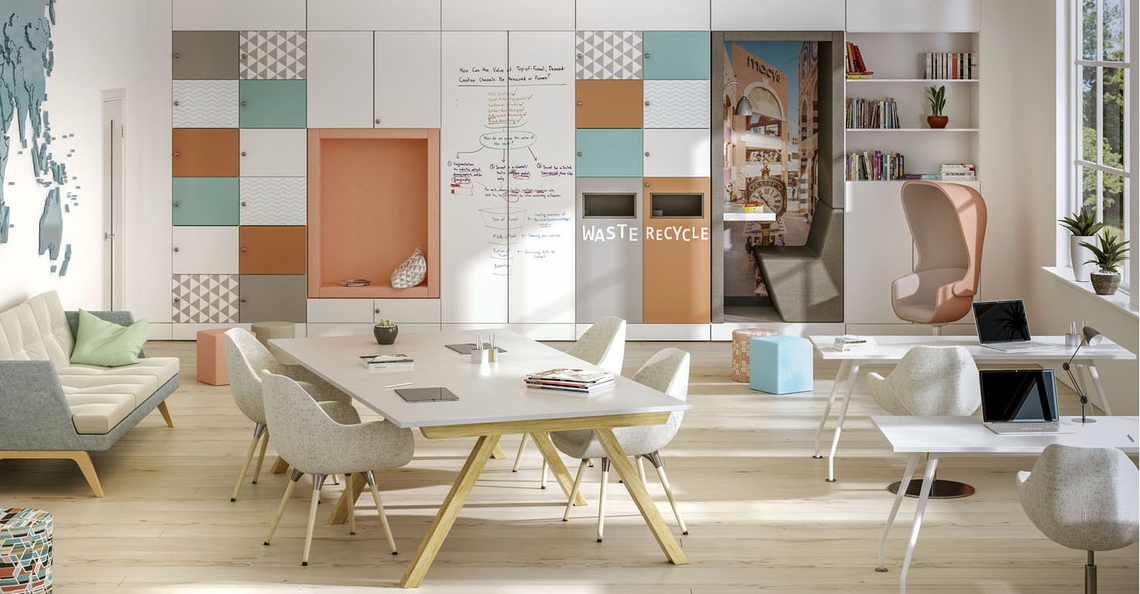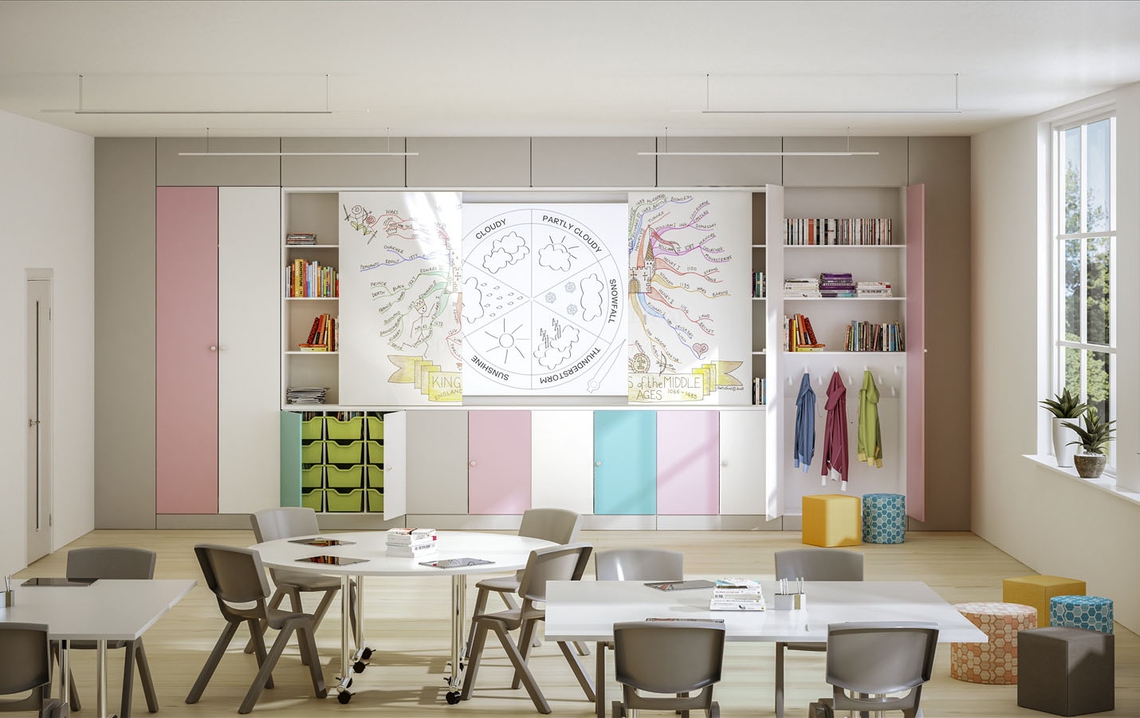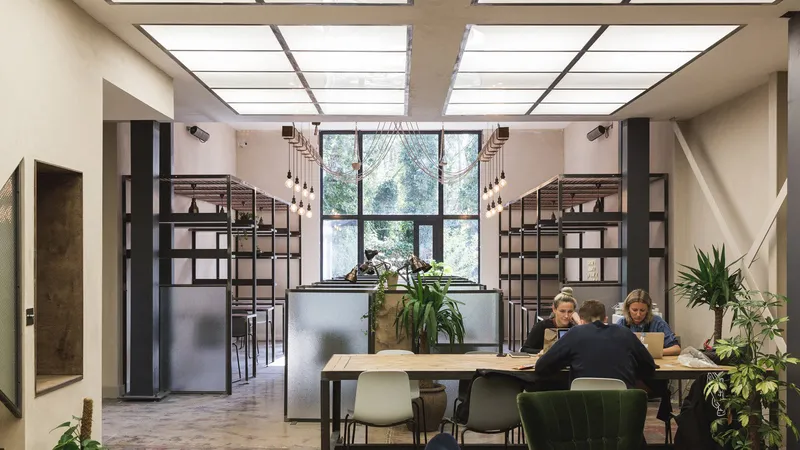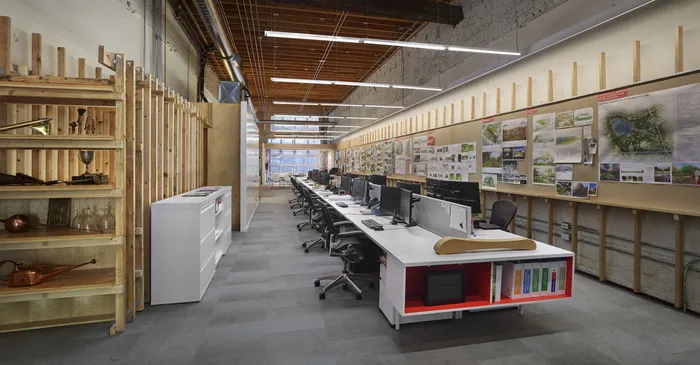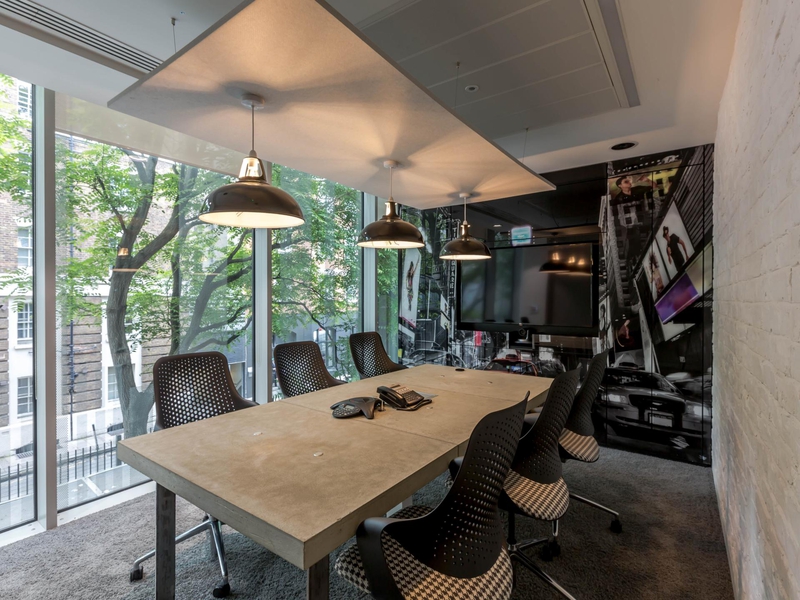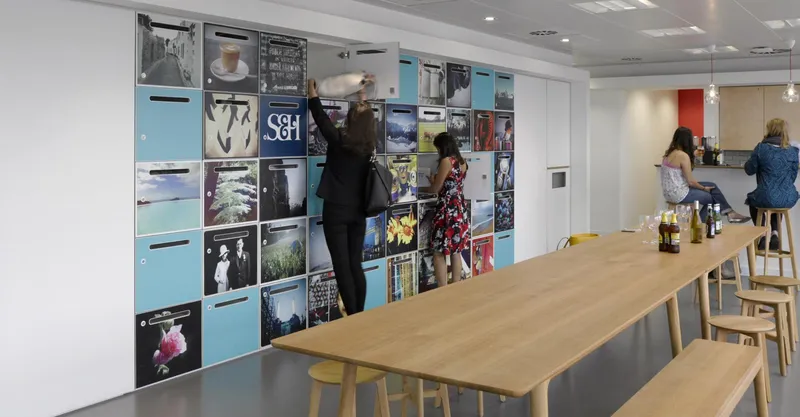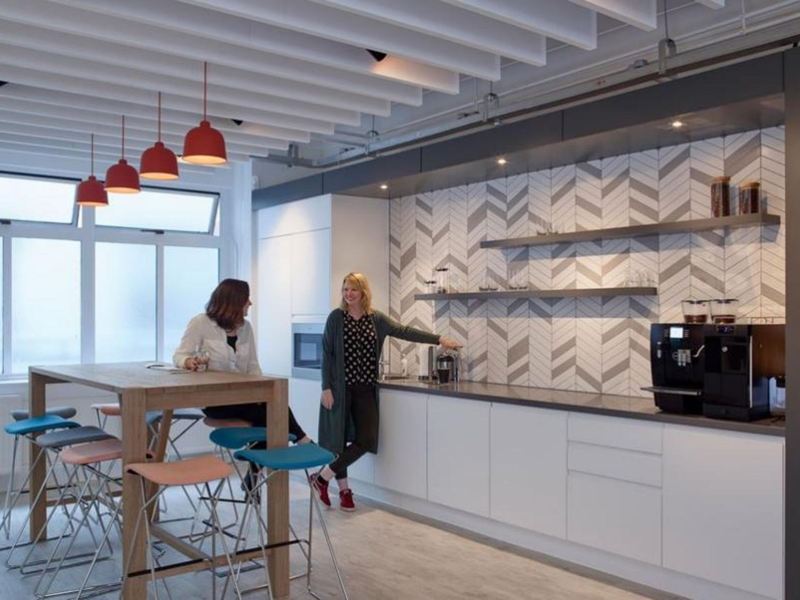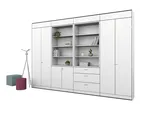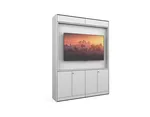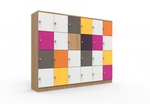4 Oct 2017
Products and Literature
Workspaces are becoming smaller. In 1985, the average workspace was 400 square feet per employee. By 2030, it’s expected to be only 150 square feet. This means that office space is going to have to be used much more efficiently; storage space, in particular, is going to have to change.
The way that we approach storage is also changing, having evolved from bulk storage to personal storage. In the recent past, office storage was associated with huge vaults of documents and records, but these have since been converted to electronic files. Paperless offices are becoming more common: 33% of offices are “nearly there” with becoming paper free.
Today’s storage must be customised to suit the needs of employees: in the gig economy, storage units have to be able to be shared by several workers, and must provide each with a place to store their things even when they’re travelling or working remotely. So, how to adapt to these changes? The solution is a storage wall.
From “Tomorrow’s House” to the Bauhaus
The concept of a “storage wall” first came from renowned American industrial designer George Nelson – whom many think of as the father of industrial design – when he was writing his book about the future of the modern home, “Tomorrow’s House”, first published in 1945. Nelson was struggling to think of new ideas for storage until, under pressure from his publisher, he asked himself, “What’s inside the wall?”
Thus he came up with the idea of the storage wall: meaning, built-in bookcases or shelving making use of the space otherwise lost between walls. His idea was further developed in the 1950s at the Bauhaus , the world-famous modern German design school, where it was exhibited along with the first relocatable partitions as a new solution for office storage and organisation. Over the years, Spacestor continued to develop this idea, and in 1990 became the first British manufacturers of storage wall.

The Bauhaus Building, Dessau, Germany (Image: Wikipedia)

George Nelson

George Nelson's Basic Storage Components (BSC) (Image: George Nelson Foundation)
Open Plans, Agile Spaces
Workspaces may be shrinking, but the way that a building’s space is used is far more important than the amount of floor space: a storage wall creates a lot of space by using the full height and width of the area available. Its footprint may be small, but its volume large.
Furthermore it’s not just for storage, it’s also a wall. It helps to divide open plan office spaces into different zones, and keeps storage at the edges of these zones, freeing up central working areas for collaboration and communication.
Spacestor’s Storage wall system is highly customisable to suit today’s agile working practices. Different modular features that can be built in include: HotLockers , which allow everyone to move around the office but still maintain a personal storage space; comfortable Snugglestor seats and calming Phone Booths for focus, relaxation, and privacy; Mediastor information walls for high-tech presentations; even whiteboard doors for brainstorming. As the office grows and changes, every component can be easily reconfigured in harmony with it.

Tidy Space, Tidy Mind
Storage walls use space dynamically, they keep offices open and collaborative, and they’re highly customisable. In other words, they’re well suited to the millennial mindset and they help to make a positive impact on your employees’ experience – and happy employees make for happy workplaces. Although it’s frequently overlooked, storage is one of the most crucial elements for making a tidy, organised, and visually attractive workplace that will relieve stress, and enhance productivity and creativity. In today’s perfect office, make your walls work for you.
Share this article
